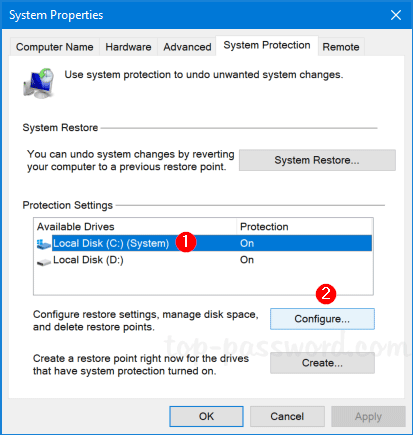


Restore points can take a lot of storage space and, with them running in the background, the minimum of 16GB of free space Windows 10 actually requires, would be impossible to work with.įor that reason, make sure that automatic restore maintenance is enabled. With Windows 10, Microsoft decided to disable the System Restore feature by default in order to preserve storage space and lower the requirements. Basically, after every newly installed program or major system change, the system will create a restore point.

Take into consideration the available space since they tend to pile up quickly.Īfter that, your system will keep track of changes and create restore points accordingly. Once the restore points reach the limit, they’ll be deleted from older to newer. Select the preferred disk usage limit on the scale.Select Local Disk System partition, usually (C:).Click on System protection on the left side.Right-click on This PC and open Properties.Home › Fix › Windows 10 › Errors › No restore points


 0 kommentar(er)
0 kommentar(er)
